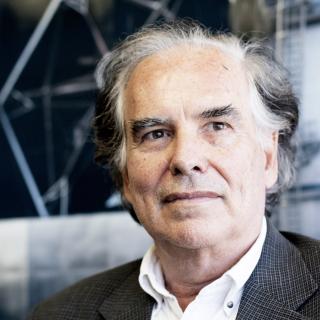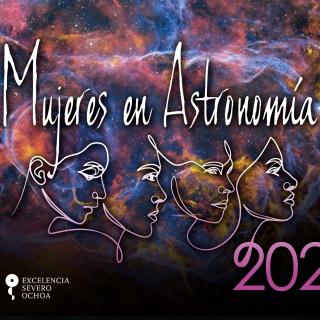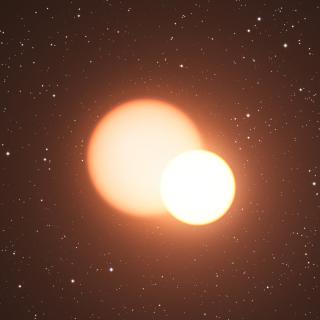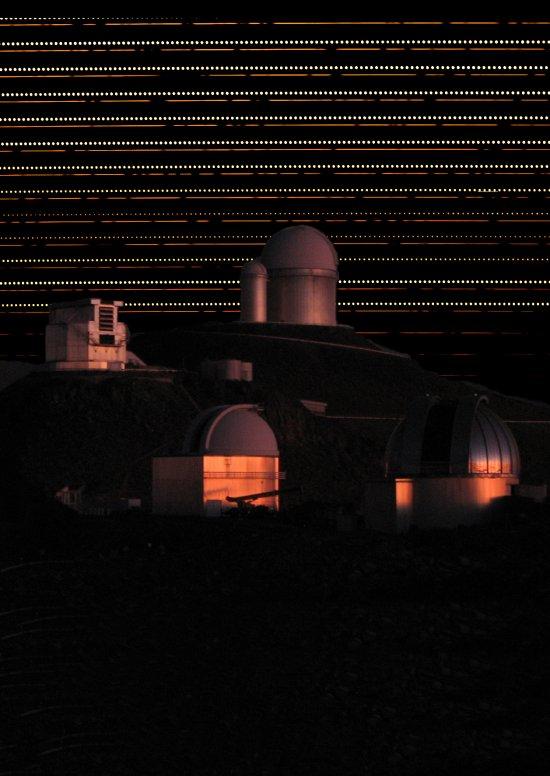It may interest you
-
 The Instituto de Astrofísica de Canarias (IAC) announces the death of its founding director, Professor Francisco Sánchez Martínez, whose determination led to the creation of one of Europe's leading research centres and two of the world's finest astrophysical observatories: the Teide Observatory in Tenerife and the Roque de los Muchachos Observatory in La Palma. He passed away today in Madrid, where he had been living for the last few years, at the age of 89. The director of the IAC, Valentín Martínez Pillet, emphasises that "Professor Sánchez's legacy is incalculable. He was a man who pavedAdvertised on
The Instituto de Astrofísica de Canarias (IAC) announces the death of its founding director, Professor Francisco Sánchez Martínez, whose determination led to the creation of one of Europe's leading research centres and two of the world's finest astrophysical observatories: the Teide Observatory in Tenerife and the Roque de los Muchachos Observatory in La Palma. He passed away today in Madrid, where he had been living for the last few years, at the age of 89. The director of the IAC, Valentín Martínez Pillet, emphasises that "Professor Sánchez's legacy is incalculable. He was a man who pavedAdvertised on -
 The project “ Habla con Ellas: Mujeres en Astronomía” (Talk to Them: Women in Astronomy) of the Instituto de Astrofísica de Canarias (IAC) begins today its seventh edition in Spain as part of the celebrations of the International Day of Women and Girls in Science. Aimed at the Spanish educational community, it seeks to create new professional role models in science and technology, as well as to inspire new generations, especially girls, to follow in their footsteps. In this edition, the project will feature 36 female astrophysicists, engineers and technologists from the IAC, the CanaryAdvertised on
The project “ Habla con Ellas: Mujeres en Astronomía” (Talk to Them: Women in Astronomy) of the Instituto de Astrofísica de Canarias (IAC) begins today its seventh edition in Spain as part of the celebrations of the International Day of Women and Girls in Science. Aimed at the Spanish educational community, it seeks to create new professional role models in science and technology, as well as to inspire new generations, especially girls, to follow in their footsteps. In this edition, the project will feature 36 female astrophysicists, engineers and technologists from the IAC, the CanaryAdvertised on -
 An international team of astronomers, including researchers from the IAC, have performed a unique cosmic test - measuring the mass of an ancient star using two entirely different methods, finding agreement to within just 1.4%. This result marks a milestone in our ability to determine the ages of old stars and use them as living fossils to study the Milky Way’s distant past. The team analysed the red giant in the binary system KIC 10001167 using two independent approaches: firstly, by measuring the brightness and radial velocity variations due to the orbital motion of the binary, and secondlyAdvertised on
An international team of astronomers, including researchers from the IAC, have performed a unique cosmic test - measuring the mass of an ancient star using two entirely different methods, finding agreement to within just 1.4%. This result marks a milestone in our ability to determine the ages of old stars and use them as living fossils to study the Milky Way’s distant past. The team analysed the red giant in the binary system KIC 10001167 using two independent approaches: firstly, by measuring the brightness and radial velocity variations due to the orbital motion of the binary, and secondlyAdvertised on
